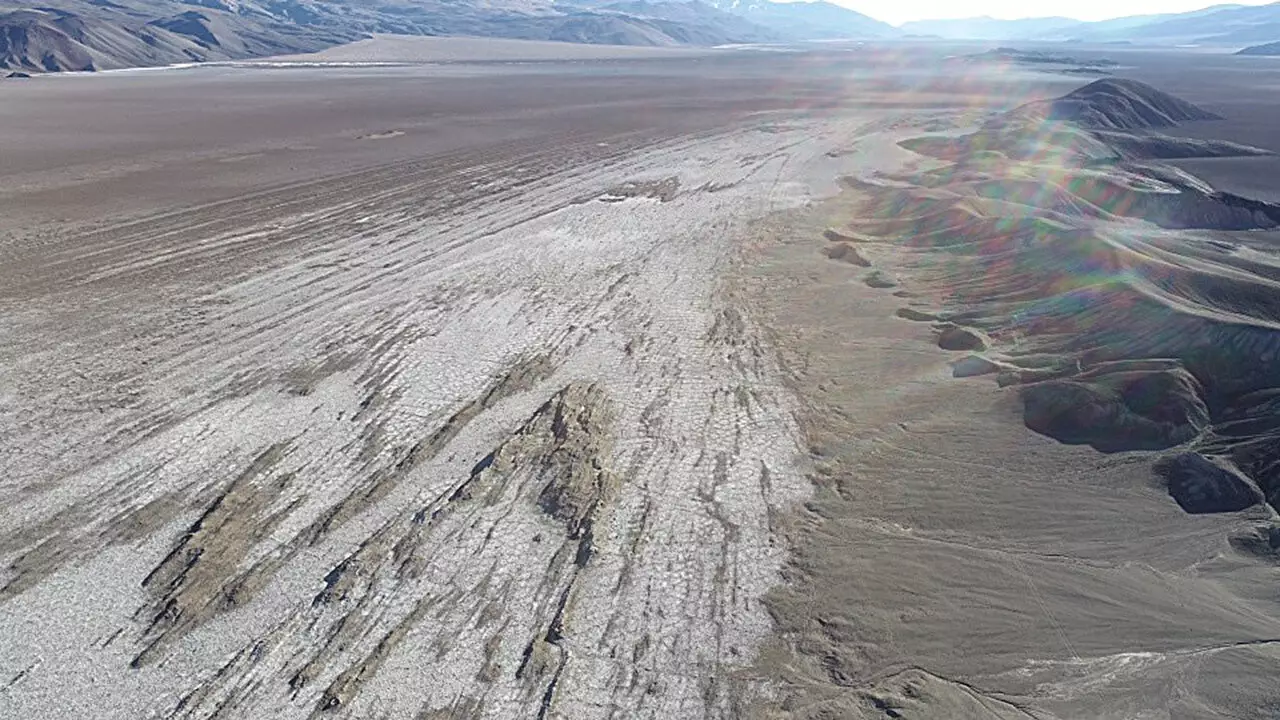The Andean Plateau, often overshadowed by its Tibetan counterpart, is a natural marvel of the South American landscape, boasting an average elevation of over 4,000 meters. This geographical wonder didn’t just appear overnight; instead, its formation was a product of millions of years of geological struggle. Orogeny, a process occurring at convergent plate margins, serves as the powerful engine driving its ascent. The intense compressive forces at these plate boundaries have caused the crumpling of Earth’s crust, leading to the gigantic mountain ranges and plateaus we observe today. While studies of the Andean Plateau enrich our understanding of geological processes, they also open a portal to comprehending similar phenomena globally.
A Groundbreaking Study
Recent insights provided by a team led by Rodrigo Quiroga offer a pivotal understanding of the Andean Plateau’s longstanding geological story. Published in the prestigious journal Tectonics, their research represents a convergence of innovative methodologies and extensive data sourcing. By utilizing satellite imagery, the researchers mapped the plateau’s intricate structural features, revealing the complex interplay of tectonic forces that shaped its evolution. This high-resolution imaging is not merely a modern convenience; it allows scientists to trace the geological narrative embedded within the landscape, leading to a clearer comprehension of its formidable development.
Decoding the Geological Timeline
Through a technique known as forward modeling, the researchers achieved a notable breakthrough by reconstructing the historical shifts in the plateau’s deformation. This knowledge was further amplified by uranium-lead dating of zircon minerals found in the region. Zircons, known for their resilience, can withstand intense geological stresses while retaining vital information about their conditions of formation. The resulting age data provided a timeline that clarified the stages of uplift and stress experienced by the plateau over an expansive 24 million-year period.
The study categorized the plateau’s geological evolution into four significant phases, each characterized by unique stress orientations. The evolution ranged from east-west compression to a more dynamic strike-slip regime, with transitional states in between. This nuanced understanding of the plateau’s complexities introduces a fresh perspective on how mountain ranges, including the Tibetan Plateau and the Peruvian Andes, develop under varying stress regimes.
Implications for Geological Research
What is particularly striking about the findings is the stark contrast between the Andean Plateau and areas like the Tibetan Plateau. The latter has reached critical stress levels resulting in orogenic collapse—a phenomenon where the crust begins to thin and spread. Yet, the Andean Plateau is still relatively stable, showing no signs of normal faulting, indicating that it hasn’t reached this critical juncture. This resilience not only prompts further inquiry into the plateau’s mechanics, but it also posits significant implications for the geological sciences at large.
In shedding light on adaptive geological mechanisms, the study encourages researchers to reevaluate their understanding of mountainous terrains worldwide. The dynamic nature of the Andean Plateau, with its ongoing uplift and stabilization, reinforces the complexity and variability of Earth’s geological processes, providing fertile ground for further exploration and understanding.

